Recently the Karnataka High Court has suspended all mining licenses for stone quarrying within a 20-km radius of the Krishna Raja Sagar Dam under provisions of the Dam Safety Act, 2021.

Also Refer: The Dynamics Of The Kaveri River Water Dispute
Continue To Reading: An Overview of Dam Safety in India
News Source: The Hindu
|
Must Read |
|
| NCERT Notes For UPSC | UPSC Daily Current Affairs |
| UPSC Blogs | UPSC Daily Editorials |
India has flagged concerns relating to confidential trade data of its exporters getting compromised while complying with the European Union’s Carbon Border Adjustment Mechanism (CBAM).

India must adopt a multipronged strategy that includes exploring bilateral agreements, expanding its export markets, encouraging greener production, and participating in international forums to resist CBAM.
Must Read: Green Credit Program (GCP): What Is It? And Its Significance
News Source: The Indian Express
|
Must Read |
|
| NCERT Notes For UPSC | UPSC Daily Current Affairs |
| UPSC Blogs | UPSC Daily Editorials |
The Prime Minister held bilateral meetings with the President of Timor Leste and Mozambique, a day before the inauguration of the 10th edition of Vibrant Gujarat Global Summit.
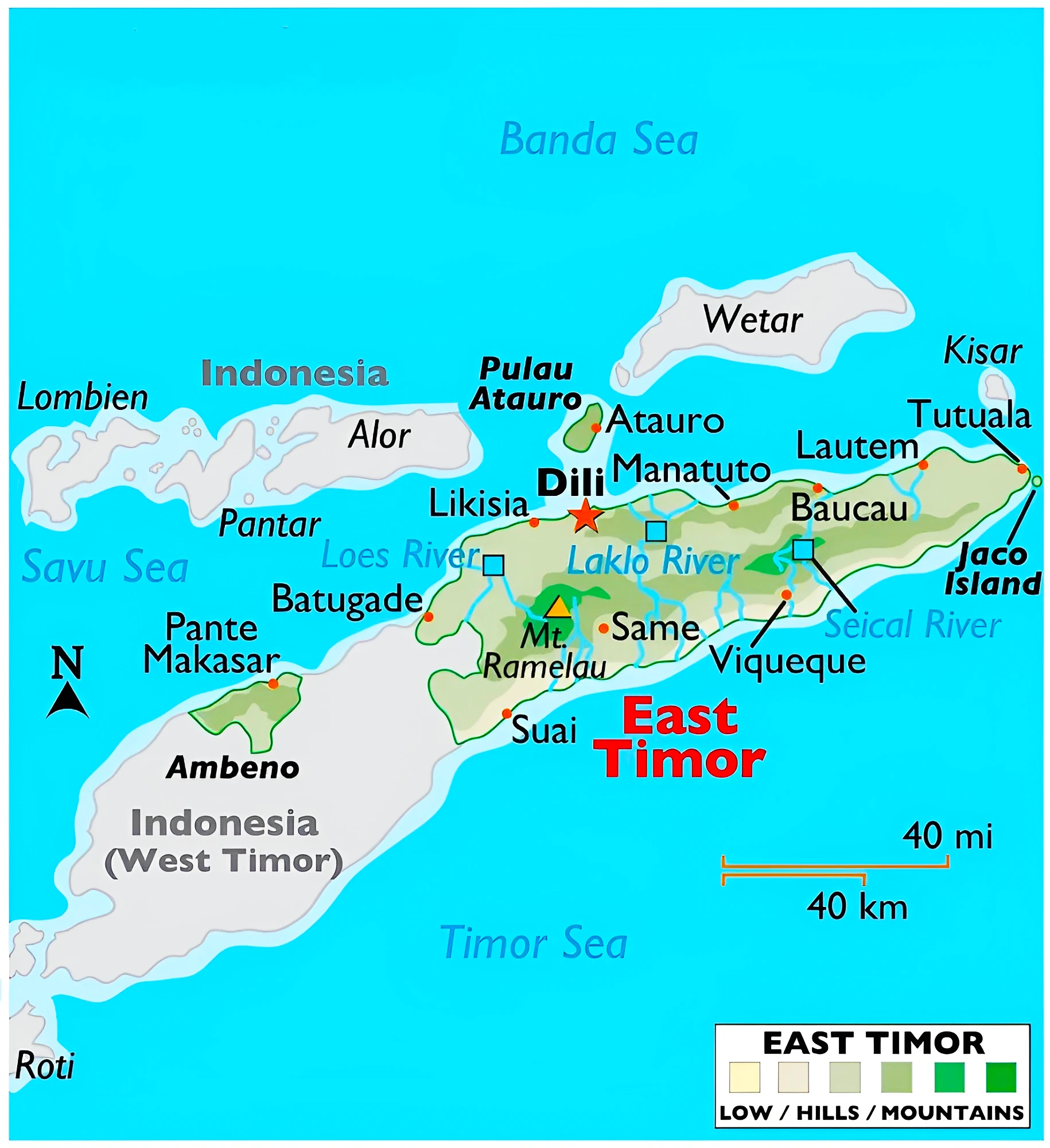
 Capital: The capital and largest city of Mozambique is Maputo.
Capital: The capital and largest city of Mozambique is Maputo.News Source: Economic Times
|
Must Read |
|
| NCERT Notes For UPSC | UPSC Daily Current Affairs |
| UPSC Blogs | UPSC Daily Editorials |
Recently, the Karnataka High Court has allowed the over-a-century-old Yakshagana mela, the Kateel Durgaparameshwari Prasadita Yakshagana Mandali, in Dakshina Kannada will revert to all-night shows from January 14, adhering to Noise Pollution (Regulation and Control) Rules, 2000.

Also Refer: Classical Dances Of India, Updated 2023-24 List
News Source: The Hindu
|
Must Read |
|
| NCERT Notes For UPSC | UPSC Daily Current Affairs |
| UPSC Blogs | UPSC Daily Editorials |
Recently, researchers have devised an eco-friendly process to manufacture a highly absorbent material using Sisal plant leaves, to transform the production of menstrual hygiene products.
| Delignification Process: The initial step in removing lignin from lignocellulosic materials is the delignification process. |
|---|

| Sanitary napkins typically incorporate an absorbent material comprising a blend of wood pulp and synthetic superabsorbent polymers (SAPs). |
|---|
Continue To Read: Menstrual Hygiene In India
| Why is Banana not a good option for Sanitary Napkins?
Being sensitive to drought, Banana plants may not be a sustainable choice for sanitary napkin production in arid or semi-arid regions. |
|---|
Also Refer: Draft Menstrual Hygiene Policy For Social Justice In India
Incorporating sisal plants in menstrual hygiene items signifies notable progress in tackling period poverty and environmental sustainability. However, there is a need for its successful implementation.
News Source: The Hindu
|
Must Read |
|
| NCERT Notes For UPSC | UPSC Daily Current Affairs |
| UPSC Blogs | UPSC Daily Editorials |
Researchers from China and Japan have identified indications of superconductivity in the contentious material LK-99.
About Meissner Effect
Direct Current (DC) measurement
|
|---|

LK-99 Characteristics
|
|---|
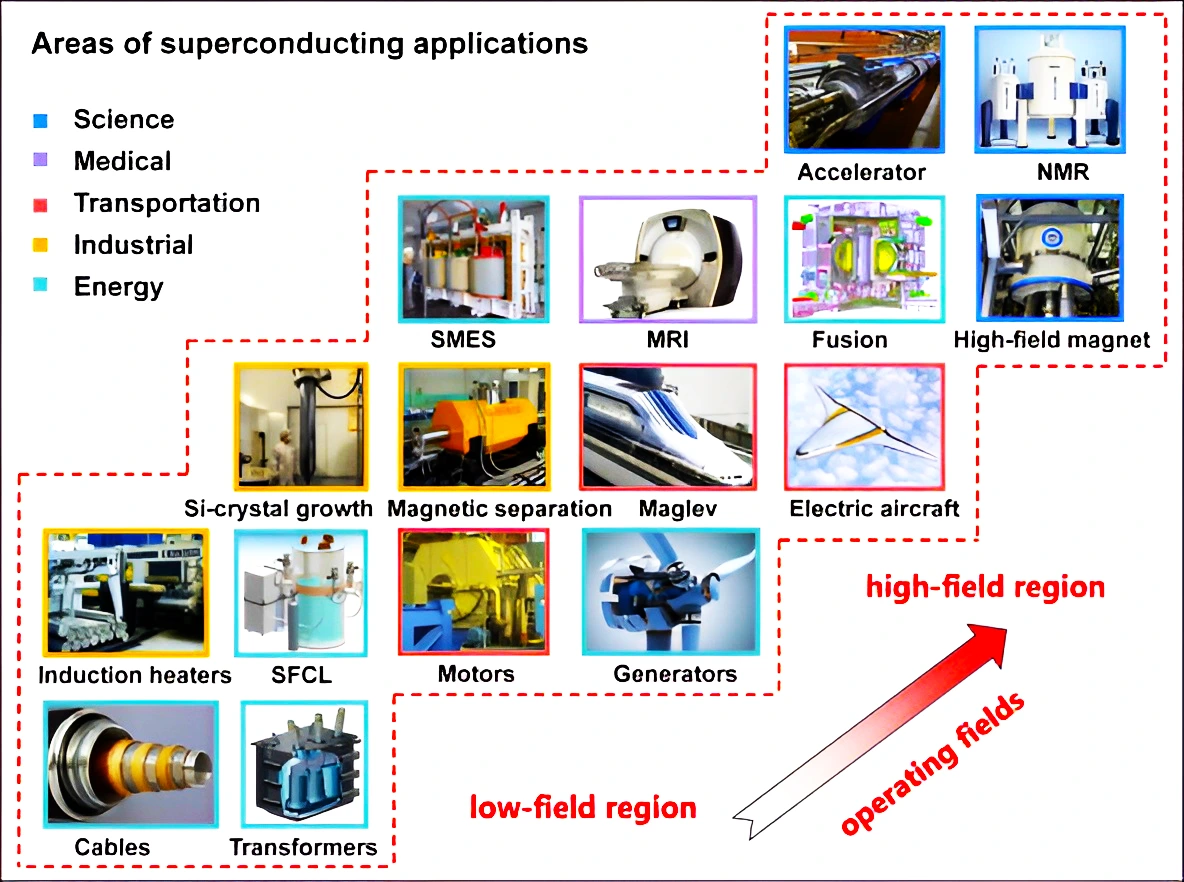
Two types of superconductors, determined in part by their response to a magnetic field.
News source: The Hindu
|
Must Read |
|
| NCERT Notes For UPSC | UPSC Daily Current Affairs |
| UPSC Blogs | UPSC Daily Editorials |
The Ecuadorian President declared a state of emergency for 60 days after a jailbreak incident.
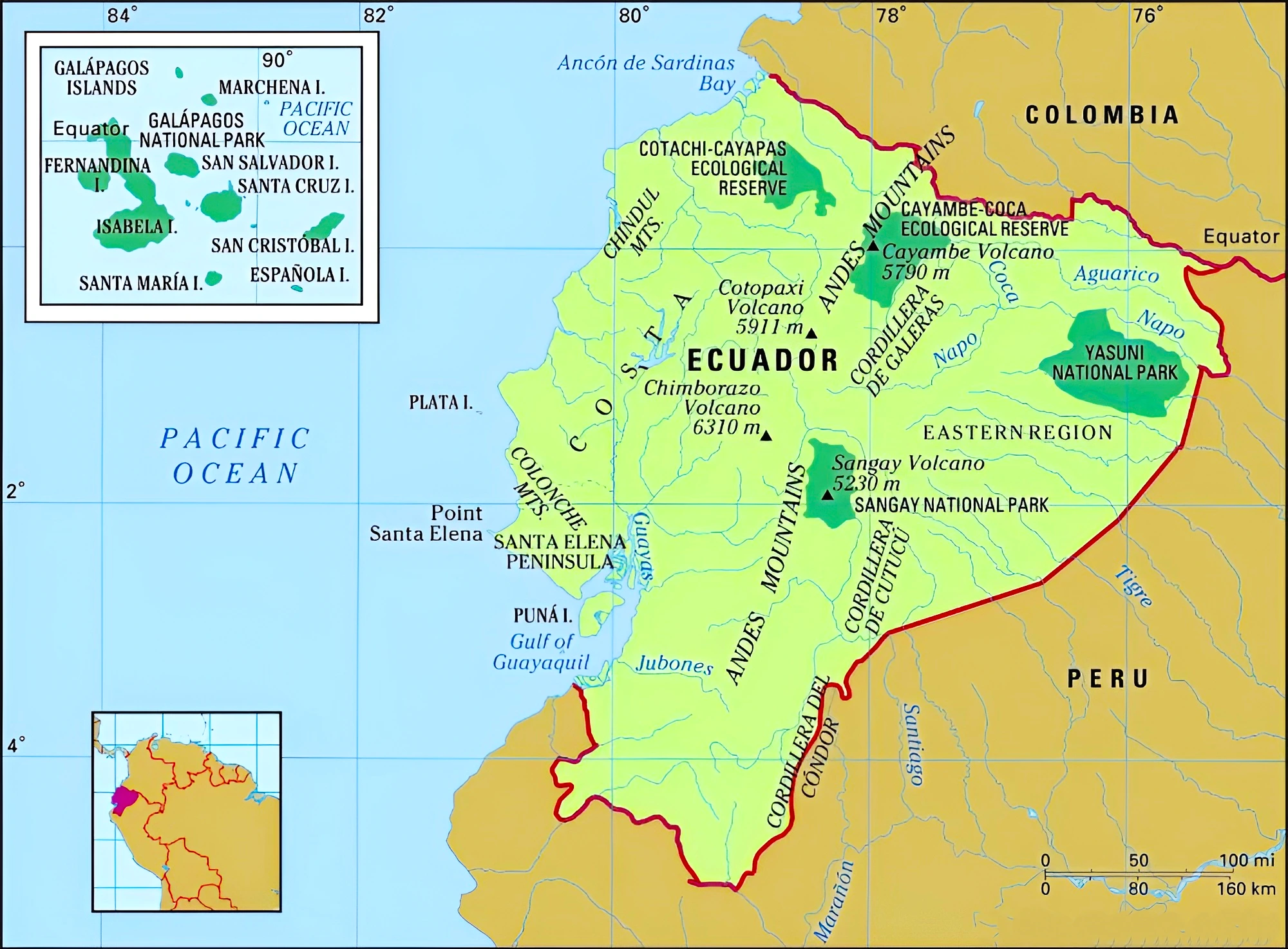
Also Refer: Amazon Cooperation Treaty Organization
News source: livemint
|
Must Read |
|
| NCERT Notes For UPSC | UPSC Daily Current Affairs |
| UPSC Blogs | UPSC Daily Editorials |
Recently, The International Labour Organisation (ILO) released the World Employment and Social Outlook: Trends 2024 Report.
Also Refer: ILO Report On Occupational Safety And Health (OSH)
About International Labour Organisation ILO
|
|---|
News Source: The Hindu
|
Must Read |
|
| NCERT Notes For UPSC | UPSC Daily Current Affairs |
| UPSC Blogs | UPSC Daily Editorials |
This article is based on the news “Export potential” which was published in the Business Standard. The Indian government targets to double agricultural exports to around $100 billion by 2030.
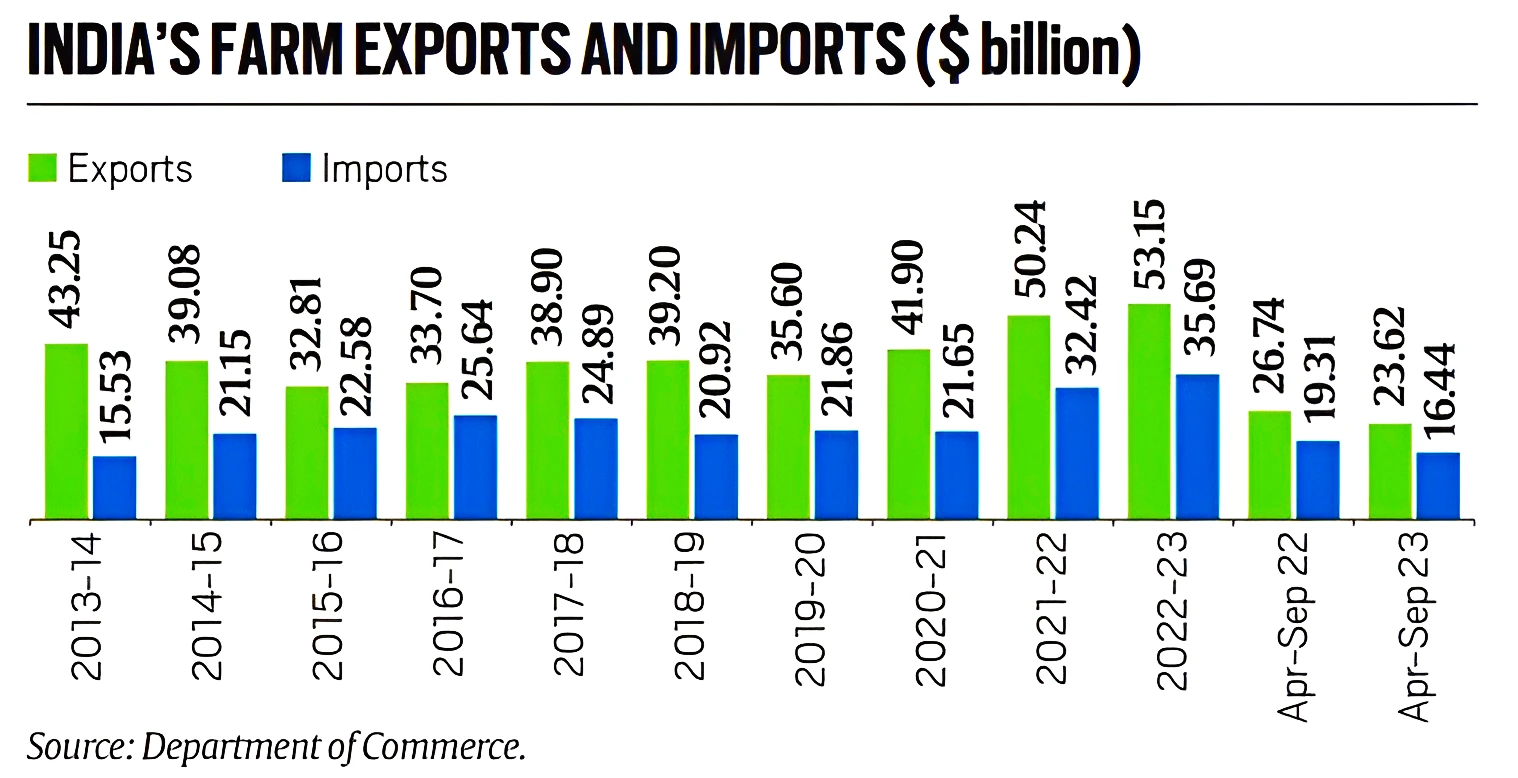
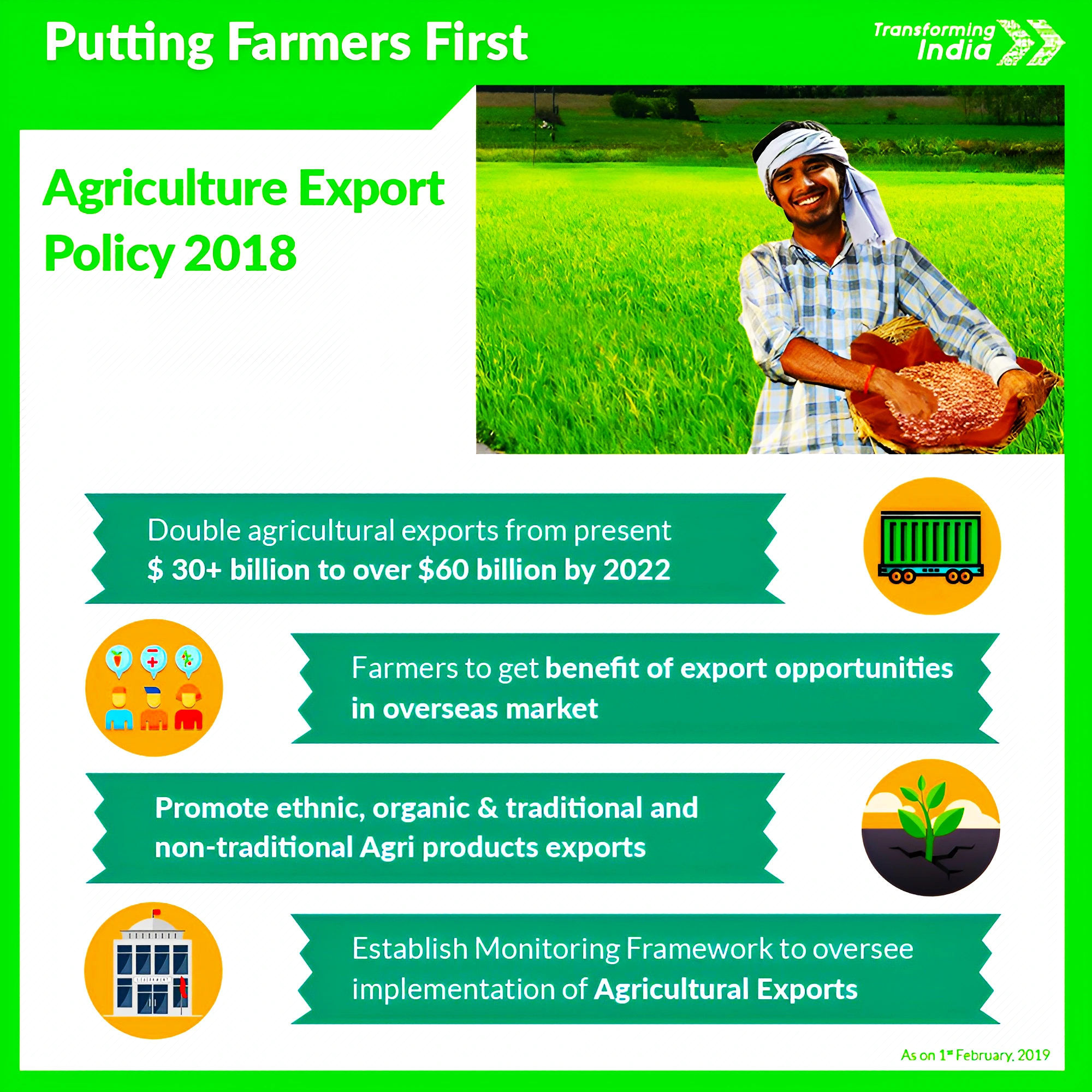 To double agriculture exports by 2022 and reach US$ 100 Billion in the next few years with a stable trade policy regime.
To double agriculture exports by 2022 and reach US$ 100 Billion in the next few years with a stable trade policy regime.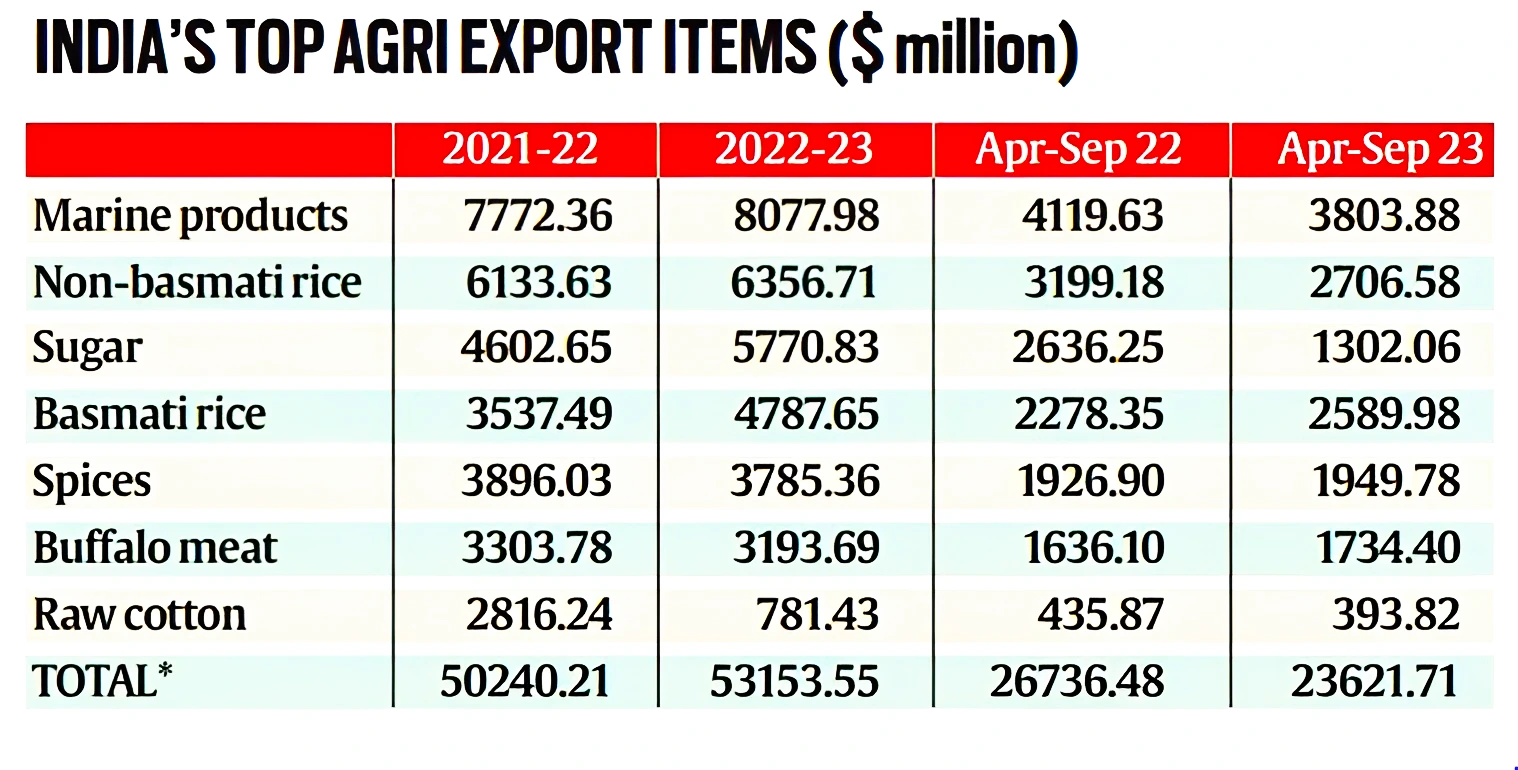
| Public stockholding (PSH) is a policy tool used by governments to procure, stockpile and distribute food when needed. Ex: MSP scheme.
Agricultural and Processed Food Products Export Development Authority (APEDA): It is a statutory body under the Ministry of Commerce and Industry responsible for promoting export of agricultural and processed food products from India. |
|---|
Restrictive Trade Policy of India
|
|---|
Must Read: State Of Food And Agriculture Report 202
Also Refer: Centre Approves Minimum Support Prices for Rabi Crops 2024-25
|
Must Read |
|
| NCERT Notes For UPSC | UPSC Daily Current Affairs |
| UPSC Blogs | UPSC Daily Editorials |
This article is based on the news “SC judge: Need more women for gender-neutral judiciary” which was published in the Times of India. Recently, the Supreme Court judge Justice B V Nagarathna, who will be the 54th Chief Justice of India and the first woman CJI in 2027, advocated for the appointment of more women judges.
| Relevancy for Prelims: Supreme Court of India, Chief Justice of India, State Of The Judiciary Report, India Justice Report (IJR) 2022, and Gender-Neutrality in Indian Justice System.
Relevancy for Mains: Women in Judiciary: Statistics, Significance, Reasons for Low Representation of Women in Indian Judiciary and Way Forward. |
|---|
Appointment of Judges in Higher Judiciary
Also Refer: A Balancing Act Between Centre And Collegium |
|---|
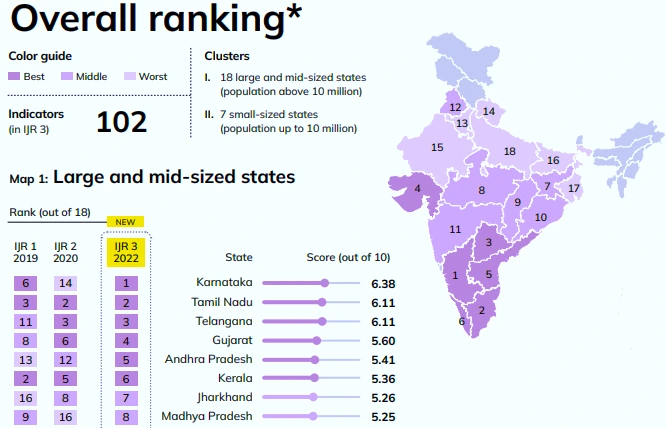
Also Refer: Pendency Of Cases In Indian Judiciary
The lower representation of Women in judiciary (higher) remains a persistent challenge that needs to be addressed comprehensively. The steps need to be taken to promote diversity and equal opportunities, which would consecutively strengthen the Indian Justice System.
| Mains Question: Discuss the desirability of greater representation to women in the higher judiciary to ensure diversity, equity, and inclusiveness. (150 words, 10 Marks) (15 marks, 250 words) |
|---|
|
Must Read |
|
| NCERT Notes For UPSC | UPSC Daily Current Affairs |
| UPSC Blogs | UPSC Daily Editorials |
SC Verdict on Newsclick Shows Adherence to Due Pro...
Stay Invested: On Chabahar and India-Iran Relation...
Credit Rating Agencies, Impact on India’s De...
Catapulting Indian Biopharma Industry
Globalisation Under Threat, US Import Tariffs Have...
Global Report on Hypertension, Global Insights and...
<div class="new-fform">
</div>
